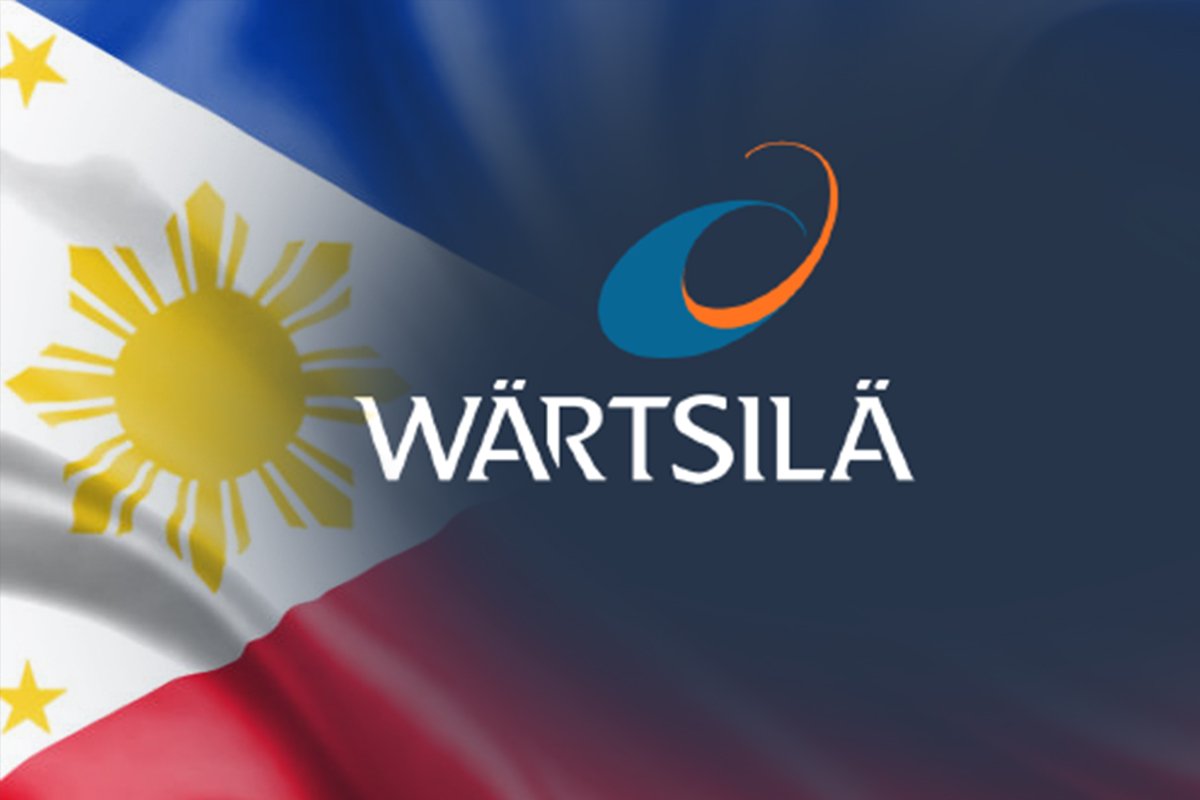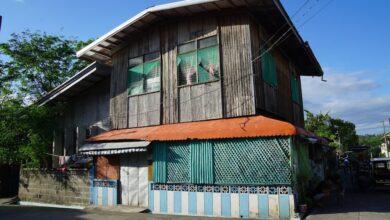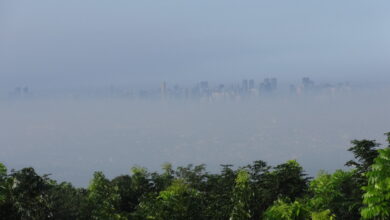
Finnish energy company ready to capitalize on PH’s Liquefied Natural Gas
As the government moves closer to firming up plans on choosing the developer of an integrated import terminal for Liquefied Natural Gas (LNG), Wärtsilä Philippines, Inc. is ready to take advantage of the opportunities in the industry.
LNG involves turning natural gas into liquid form. This makes the fuel transportable using tankers; compared to normal natural gas which needs pipelines to be transported, bringing costs up and restricting the number of end users.
Ville Rimali, Wärtsilä business development manager for Southeast Asia and Australia, said in an interview that the company is ready to capitalize on the government’s plans on utilizing LNG.
“LNG is really a challenging topic but we are active already, for example in Indonesia. We know that sooner or later LNG will come here and of course we try to position ourselves,” he said.
Wärtsilä is a Finnish engineering, procurement and construction (EPC) provider for power plant developers. The local unit of Wärtsilä has an installed power capacity of more than 1,600 megawatts (MW), and employs more than a hundred people in its main office in Laguna and contract management sites in Masbate and Mindanao.
Rimali explains that what differentiates them from other EPC contractors is that they build LNG-run power plants that are flexible and could be powered up or down in minutes, which, according to him, is what the Philippines needs.
“Our role is really in the flexibility portion and we basically can provide flexible gas or LNG-based power plants and energy storage,” he said.
DoE to shift to more flexible sources of power
Rimali’s business optimism is due to the recent changes of the Department of Energy (DoE) in its energy mix policy, which guides power developers on the types of power plants they put up in order to address our power requirements.
Mario C. Marasigan, director of the DoE’s electric power industry management bureau, earlier this month said that the agency was modifying its policy to reflect the results of their latest studies. The research revealed that “baseload plants” account for 55-56% of the country’s energy, and not 70% as earlier stated.
Currently, the DoE’s energy mix calls for 70% “baseload” (power plants that remain online for an extended period), 30% “mid-merit” (power plants that can easily be switched on and off), and 10% “peaking” (traditional, diesel-fired power plants).
With this development, Rimali says that in our existing system, “flexibility is the missing portion.”
“So that’s why you should build only renewable and flexible generation [plants] because all the rest you have already,” says Rimali.
Wärtsilä to focus on “smaller-scale power developments”
The Philippine National Oil Co. (PNOC), an agency attached to the DoE, previously said that it was looking at establishing a floating storage and regasification unit (FSRU) for LNG in Batangas. When asked whether Wärtsilä is interested in participating in the DoE’s search for partners in this development, Rimali says that they will provide in the “smaller scale, not on the scale that is discussed in Batangas.”
“That’s a little big, too large [a] project for us. There are Japanese contractors who may be better to do that kind. Actually you can build also smaller scale and make it economic,” he explained, saying that Wärtsilä’s small-scale floating facility “in the power plant scale” has a capacity of 50 MW to 300 MW.
The PNOC is planning to partner with a developer for constructing this LNG hub, which is planned to serve the five gas-fired power plants in Batangas, with a combined capacity of 3,211 MW.
via Business World / Victor V. Saulon




